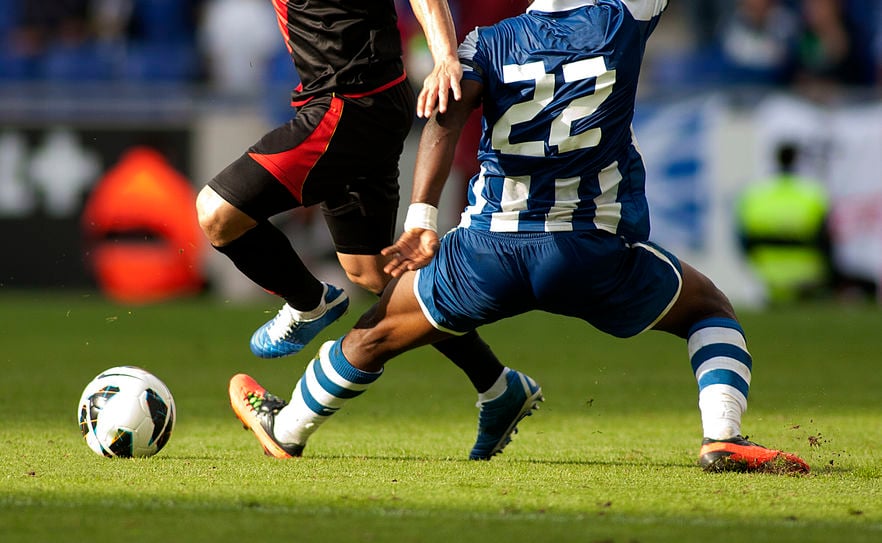Treating A Tear
The knee is vital for walking, running, sports, and everything in between. However, sometimes, the knee can experience a meniscus tear, limiting the range of motion (ROM) and causing pain. A meniscus tear is common and can happen after a collision or sudden twist in sports or due to a condition like osteoarthritis. To restore ROM and eliminate pain, treating the meniscus injury is vital.

Don’t ignore the symptoms
A meniscus tear can often be mistaken for arthritis or a knee sprain, as the issues have similar pain profiles. However, a meniscus tear usually has other symptoms, including a catching or popping feeling when the knee is extended. This is a sign of a flap tear or pieces of cartilage lodged in the joint. Other symptoms include swelling and stiffness. Meniscus tears also limit ROM, as the leg cannot fully extend or straighten without pain.
Do you need surgery?
Some meniscus tears can be treated without surgery. Most doctors will try non-surgical options first, including compression, rest, ice, and pain medication. Other options, like platelet-rich plasma (PRP) injections or stem cell therapies, are also helpful. Several weeks of physical therapy (PT) can also help. Over time, the knee will compensate for the injury, significantly reducing pain. Despite the effectiveness of these techniques, the knee can still be severely limited, especially for those trying to resume sports or other physical activity. At that point, meniscal repair surgery can help.
A game-changing surgery
The goal of surgery is to repair or remove the cartilage that is limiting the range of motion. Meniscal repair often happens using minimally invasive surgery (MIS), which provides excellent benefits for the patient. Besides leaving the hospital or surgical center on the same day, MIS means fewer complications and scars. The surgeon accesses the meniscus using 2-3 incisions the size of buttonholes. Any loose cartilage is removed, and the meniscus is repaired. Based on the meniscal tear pattern, the surgeon may remove part or all of the meniscus. Surgery has a high success rate, with studies showing sustained effectiveness 2 years post-operation.
Choosing surgical repair
A meniscus tear can cause pain and stiffness, limiting the range of motion. Non-surgical options can help, but many individuals will continue to experience limited flexibility. For better results, surgery should be considered. Meniscal repair surgery removes any physical barriers preventing full extension. Patients can achieve a stronger, more flexible knee with minimally invasive surgery.
More Articles from MVSC
January 30, 2024
There are many options for hip arthritis before surgery. These options include physical activity, lifestyle modifications, and medications.
December 28, 2023
Most doctors prefer to avoid spinal surgery if possible. With epidural spinal injections, patients can experience long-term pain relief.
November 7, 2023
Sacroiliac joint pain can be alleviated through radiofrequency ablation, which uses radiofrequency signals to disrupt pain signals in nerves.
September 5, 2023
Tennis elbow is a common but painful chronic condition affecting the arm. For some people struggling, elbow arthroscopy may be the answer.







